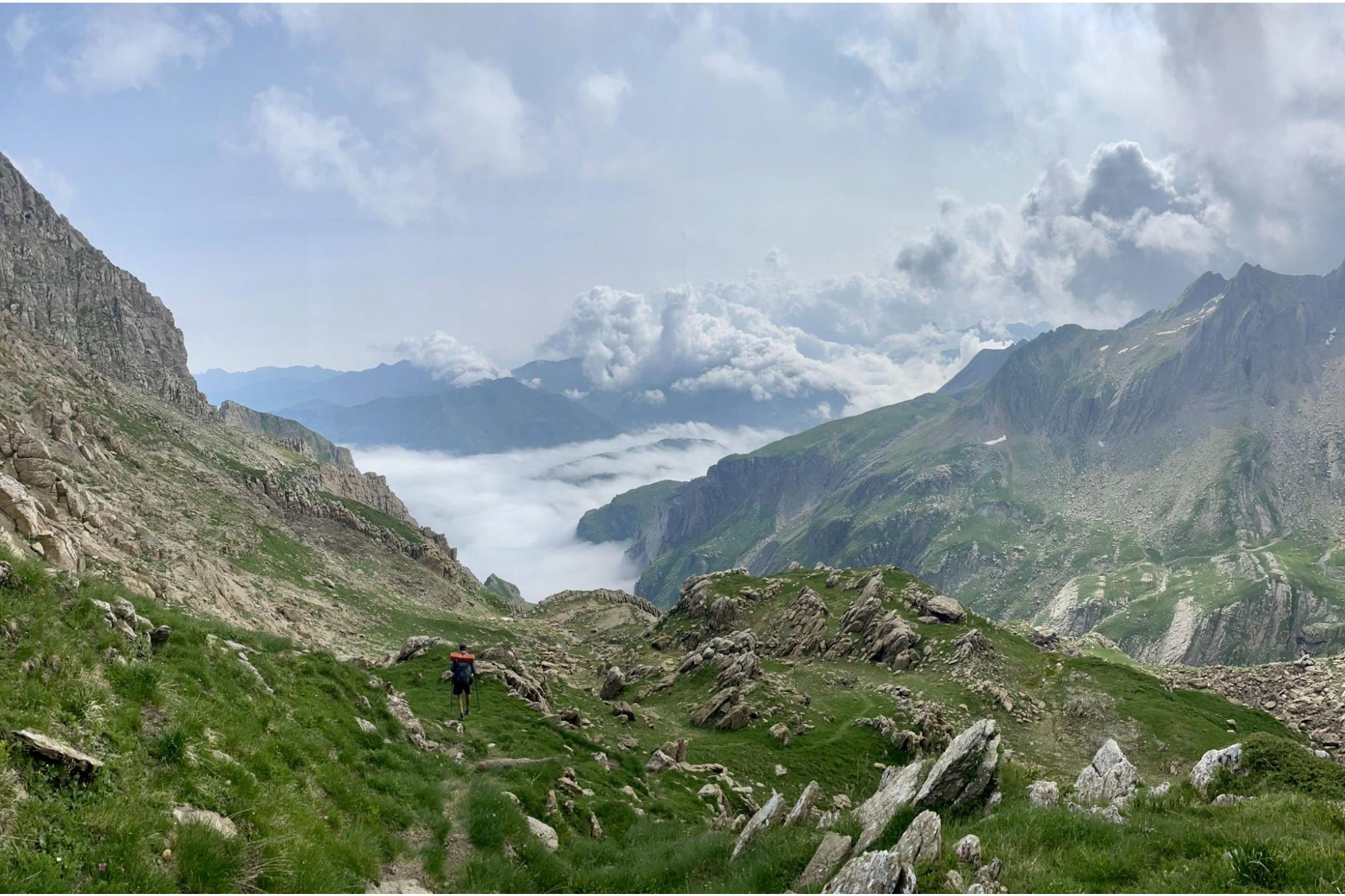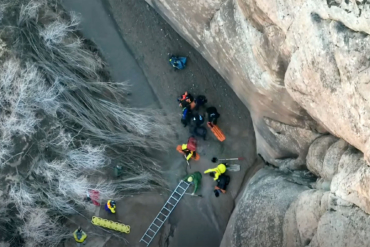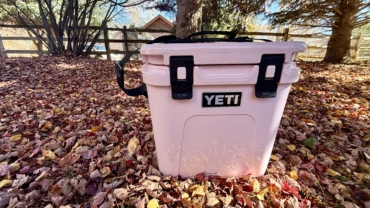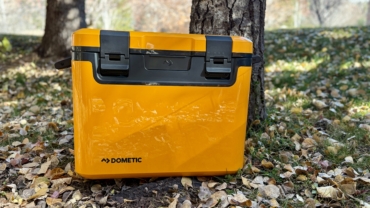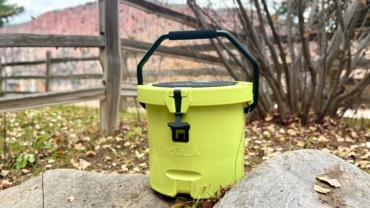In the summer of 2023, my hiking partner Flan and I set out to thru-hike the 510-mile-long GR11 trail through the Spanish Pyrenees. With 150,000 feet of elevation gain and an equal amount of descent, that baby is a doozy.
Our goal was to complete it in 30 days, which put us at around 5,000 feet of gain and loss daily. That’s substantially steeper than the steepest U.S. trails I’ve completed, such as the Wonderland Trail and the Long Trail — which would have been enough to make our Pyrenees adventure a completely different experience from U.S. thru-hiking on its own.
But we would come to discover many other differences between European and American thru-hiking. To the point, we actually felt some level of culture shock between our different ways of life on the trail. The challenge of the GR11 was partially due to the rugged nature of the mountain range and partially due to very real cultural differences in outdoor recreation.
We learned a lot. Here are some highlights that could help prepare you for your own thru-hiking experience across the pond.
Thru-Hiking in the Spanish Pyrenees
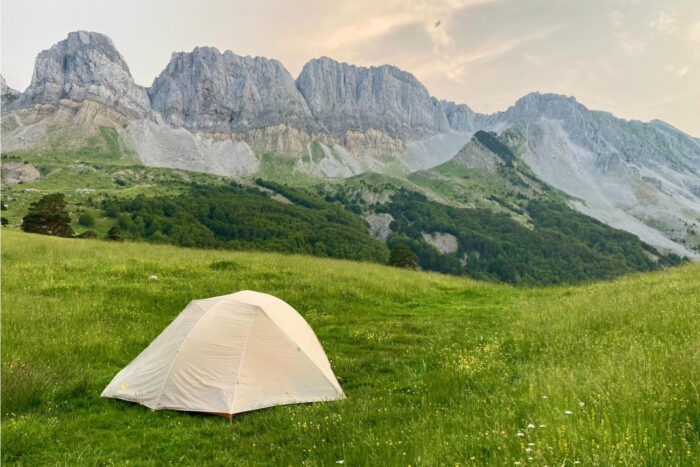
Camping
In the United States, we are truly blessed to have vast expanses of public land and wilderness. It’s not difficult on the PCT, for example, to nero (hike less than 10 miles) out of town and set up camp a mile or two down the trail.
Spain was a different story, which took some getting used to.
The majority of the land adjacent to the GR11 is privately owned or part of the national park system. That makes camping logistics more complicated. In Spain, wild camping is technically illegal. But there are a couple of loopholes.
For instance, one can bivouac above a certain elevation between 8 p.m. and 8 a.m. You can also ask for permission from the landowner (or just be very discreet about your campsite).
We never had an issue with wild camping. But there was always the mild concern in the back of my mind when I was camping at lower elevations, and I didn’t see many other hikers doing the same.
Instead, many hikers would carry a daypack on the trail and stay in refugios each night. Refugios are common throughout European mountain ranges. They are essentially remote, high-altitude B&Bs. Staying in them every night can get expensive over days and weeks. It’s also sometimes a crap shoot whether or not they’ll have beds available. So try to make reservations ahead of time if you plan on taking this approach.

Refugio Hospitality for Pyrenees Hikers
The refugios of Europe typically provide essentials like a bed, shower, dinner, breakfast, and sometimes even a takeaway lunch. Some are rustic and budget-friendly while others seem to exist solely to profit off of hikers. They make thru-hiking accessible to hikers who are otherwise unable to carry a large overnight pack.
They also tend to attract large groups of inexperienced hikers — which can compromise the tranquility of nature.
Even the style of hospitality in the refugios was a bit of a culture shock coming from North America’s long trails. Every individual amenity was held under lock and key. We were scoffed at when we mentioned we didn’t bring bath towels but were occasionally offered to rent them for a fee.
As “Hiker Trash” (a term we affectionately use in the U.S.), we felt somewhat looked down upon. But hey, this is just my own opinion and personal experience. I still enjoyed a cafe con leche or cerveza every time I passed a refugio on the trail.
This bit of culture shock really made me grateful for the welcoming and supportive community that surrounds our long trails in the United States. We refer to adjacent towns as “trail towns.” We have terms like “trail magic” and “trail angels,” aptly named for the compassionate souls who go out of their way to lend a helping hand and make your journey as positive as it can be. I didn’t sense as much of that in Europe.
Gear and Travel Tips: Thru-Hiking the Pyrenees
I generally felt satisfied with my gear on the GR11, but there are a few modifications I’d make if I were to tackle it again.
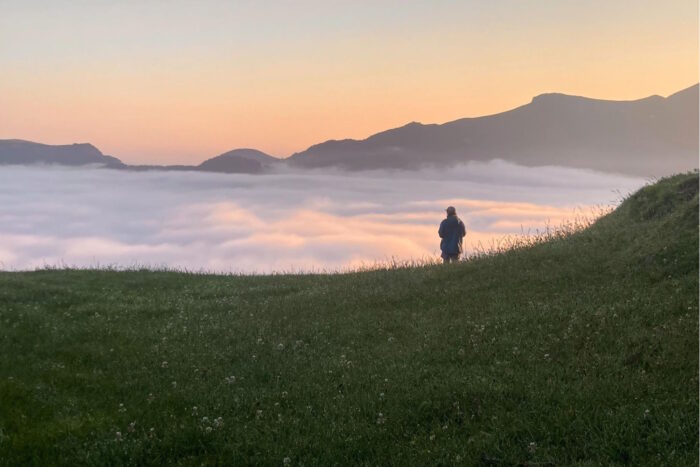
Sun and Rain
I hiked with a pretty typical Colorado ultralight backpacking kit, expecting the mountains to be pretty similar. The Pyrenees are akin to the Rockies in the high country in terms of exposure, but they get a lot more rain than I was expecting.
So, be sure to put an equal priority on sun protection and rain gear. See GearJunkie’s guide to the Best Sun Protection Shirts and the Best Rain Jackets.
My sun hoodie was nice on bluebird days on the ridges, but it was way too much in the muggy, humid Basque Country. Next time, I would opt for a button-down shirt with decent UV protection instead.
For rain, I was glad to have a pair of lightweight rainpants. While we did run into a few rainy patches on the trail, these were more crucial for the mornings when we were walking through high, wet grass. Even when it’s not actively raining, the humidity and mist in the Pyrenees make it challenging to keep everything dry on a thru-hike.
Ticks and Insects
There are ticks on the GR11! I would highly recommend treating all of your gear and hiking clothes with a permethrin solution. I like Sawyer’s Permethrin Insect Repellent for clothes.
Here is a useful guide to Choosing the Right Bug Repellant for a thru-hike like our Pyrenees adventure. Or check this guide on How to Prevent, Spot, and Remove Ticks.
Water Filtration
Bring two methods of water treatment. Farmers in Spain graze their livestock in the mountains. So, hikers regularly find themselves amid herds of cattle, filtering water from streams surrounded by cow pies. The trails are also heavily used by hikers who are using the bathroom along the way.
Having a backup means of filtration is a must. That’s no different in the U.S.
Sawyer’s water filters are beloved among thru-hiking circles because they’re cost-effective, filter efficiently, and are lightweight. The brand also donates 90% of its profits to provide clean water in developing countries. Many thru-hikers also like LifeStraw filters because they’re adaptable and versatile.
If you want to shop around and compare options, here is our guide to the Best Backpacking Water Filters.
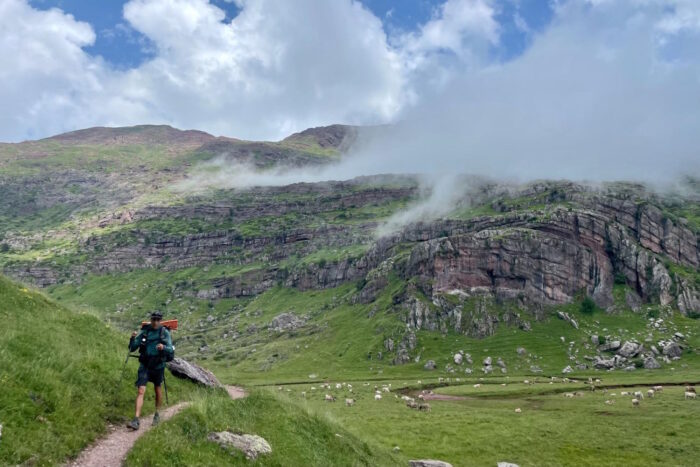
Maps and Navigation
Midway into our hike, Czech hikers tipped us off about the Mapy.cz app. It’s a fantastic tool covering every meter of that trail, and the huts, refugios, and water sources along the way. It also covered a lot of other trails throughout Europe.
My favorite feature is its ability to calculate distance, elevation gain, and estimated hiking time from point A to B. The app works incredibly well, and is completely free! Our Czech trail friends proudly described it as “the pride of the Czech Republic.”
If you’re hiking in Europe, this is a great resource. But there may be others as well. Ask fellow hikers what they’re using to navigate, and you may pick up a few local secrets like this one.
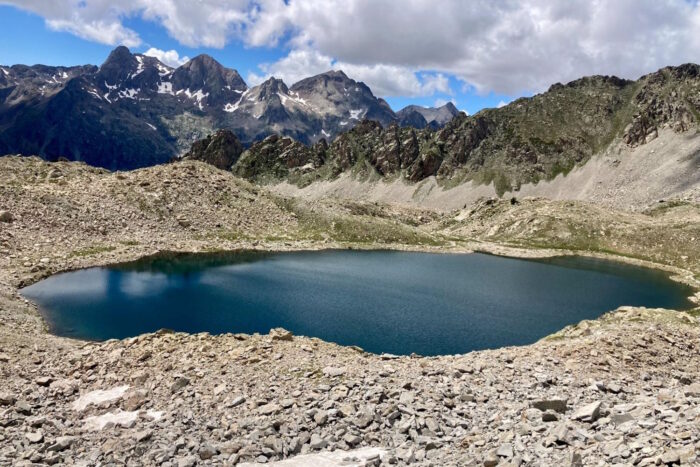
Transportation
Europe’s public transportation outshines that offered in the United States. Mountain travel can be tricky, though.
BlaBlaCar is a fantastic carpooling platform that saved my tuchus on multiple occasions. It allows users to advertise their travel destinations and vacant space in their personal cars at their chosen price.
For the driver, it offsets the cost of fuel. For the rider, it offers an affordable way to travel around the country and the chance to meet fellow travelers. People use it for both long- and short-distance trips.
It is basically a paid hitchhiking app. I personally never felt unsafe and had nothing but positive experiences with the BlaBlaCar app. But obviously, you use services like these at your own risk.
Flixbus is another handy app to use in Europe. The app compares bus fares across the continent. It also allows users to follow a bus route in real time, updating the information on stops, delays, and arrival times so you can plan ahead more effectively.
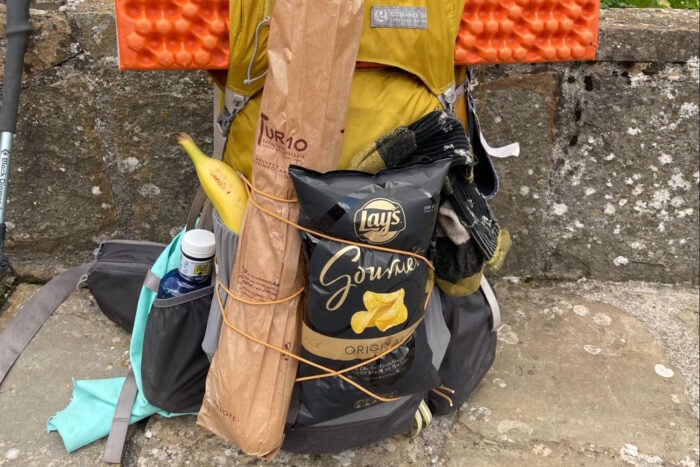
Notes on Trail Food
Rural Spain is not as conscientious about food allergies or sensitivities as we are in some parts of the States. I witnessed the extreme side of this struggle while hiking with a partner who has a number of food allergies from nuts to legumes to shellfish (which meant no paella).
Food packaging was obviously all in Spanish (or even Basque or Catalonian if we were unlucky, as neither of us speaks those languages at all). I quickly learned to look out for the words “frutos secos” (nuts) and “mariscos” (shellfish). Knowing how to articulate your allergies or sensitivities and look for them on labels is a life-saving skill.
And if you suffer from pork or gluten intolerances, I wish you the best of luck in Northern Spain. Jamon and bread make up a large portion of the menu at most Spanish restaurants.
Finding decent, nonperishable trail food to pack out from town was also a challenge. Maybe I’m just spoiled from all the freeze-dried, dehydrated, and canned options in the U.S. Even good old peanut butter, a common staple for thru-hikers, was a rarity in the Pyrenees.
If you’ve got some favorite trail snacks, it might not hurt to pack them with you — if for nothing else, then to have a taste of home.
Another thing we weren’t aware of (which led to two bouts of food poisoning) is the lax pasteurization laws in Spain. My first trail name on the Colorado Trail, “Cheese Sweat,” came from adding some greasy, sweaty cheese that had been in my pack all day to some pasta. It’s not something I’m proud of, and not something that will fly with local Spanish cheese from a roadside dairy farmer. Just trust me on that one.
Thru-Hiking Culture Shock: Final Thoughts
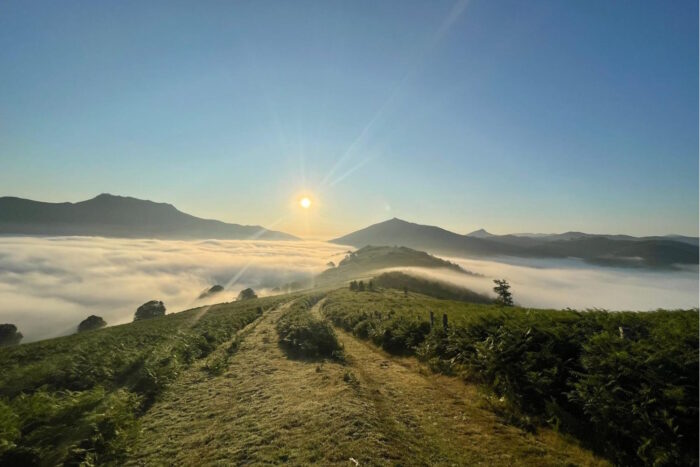
Thru-hiking in the Pyrenees was an unforgettable experience and I’m grateful to have added the GR11 to my hiking resume.
Don’t expect the hiking culture to be identical to the United States, though. So, take a few of these travel tips with you — not just to increase your chances of success, but also to ensure the smoothest sailing and best time along the way.
And do more research on thru-hiking — no matter where you’re headed. There are good tips from thru-hiking physical therapists for keeping your health and fitness tip-top while on the trail. Other guides will help hikers find the best budget gear and describe how to plan and prep gear and apparel for thru-hikes.
Obviously, thru-hiking in Spain will be different from thru-hiking in other European countries. But a lot of these differences span trail culture across Europe, and the tips and tricks we learned on our trip could be helpful elsewhere as well.
